Maison Julie-Victoire Daubié design by BRUTHER #architecture

© BRUTHER
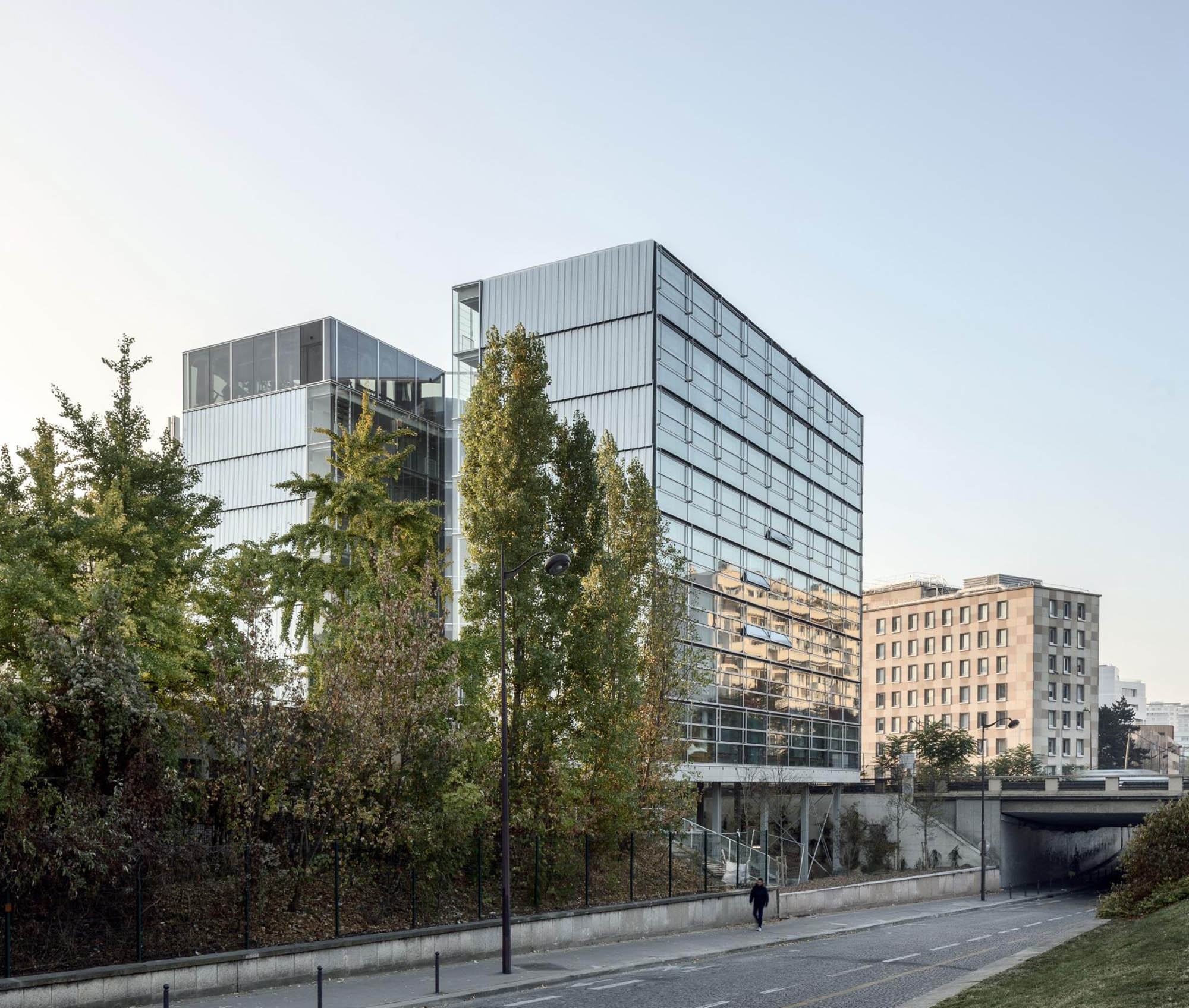
© BRUTHER
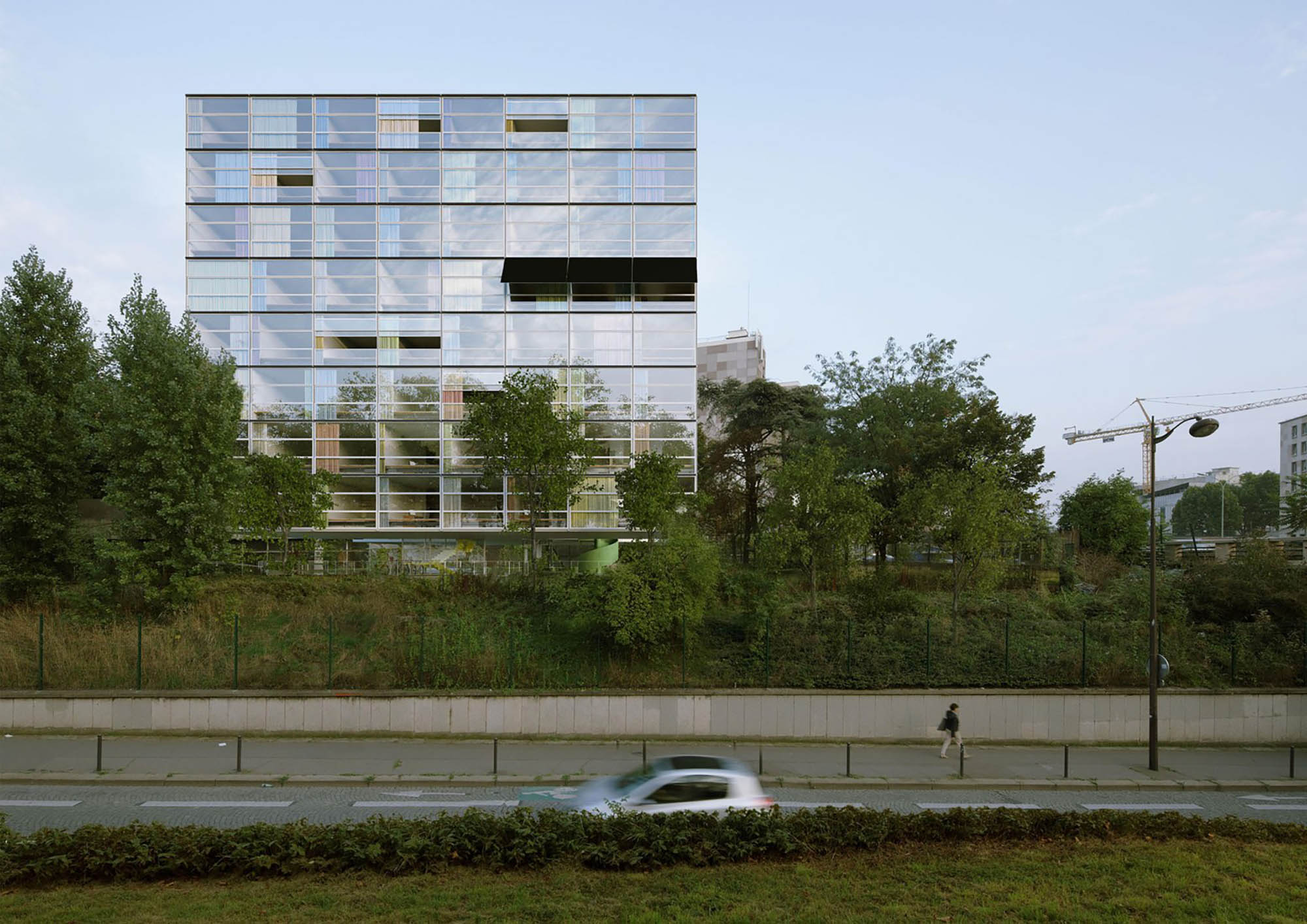
© BRUTHER.

© BRUTHER.

© BRUTHER.

© BRUTHER.
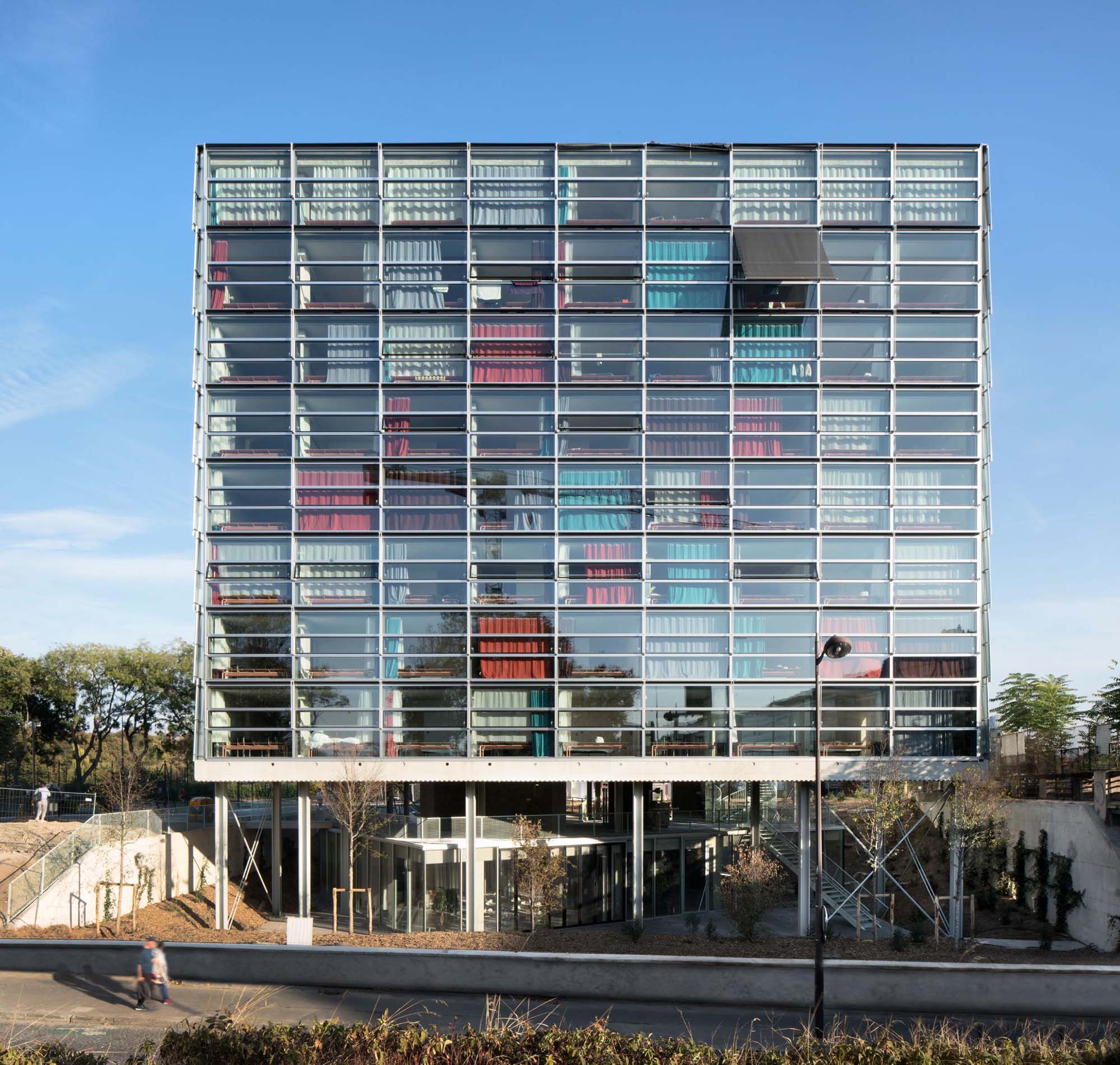
© BRUTHER.
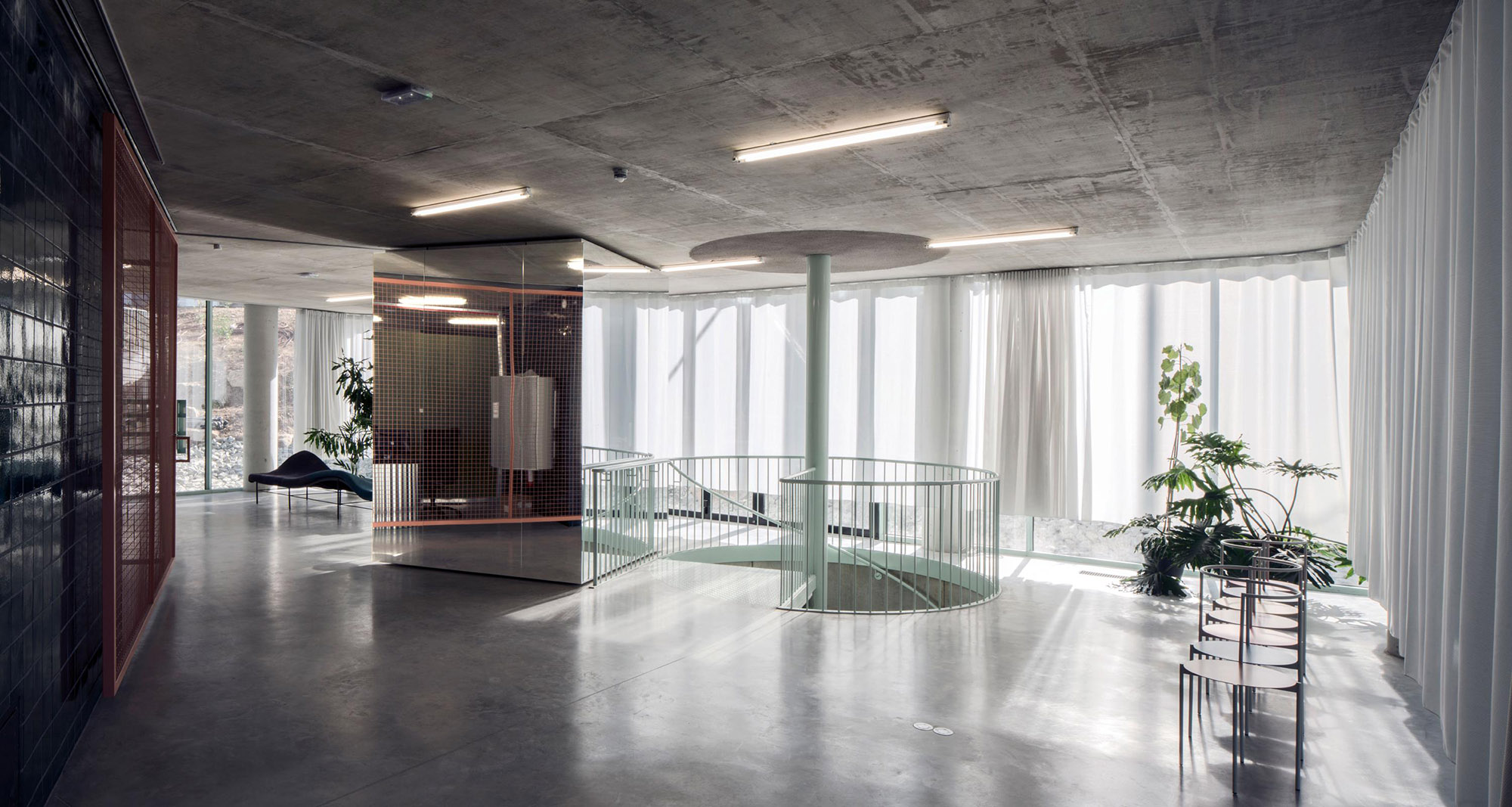
© BRUTHER.

© BRUTHER.
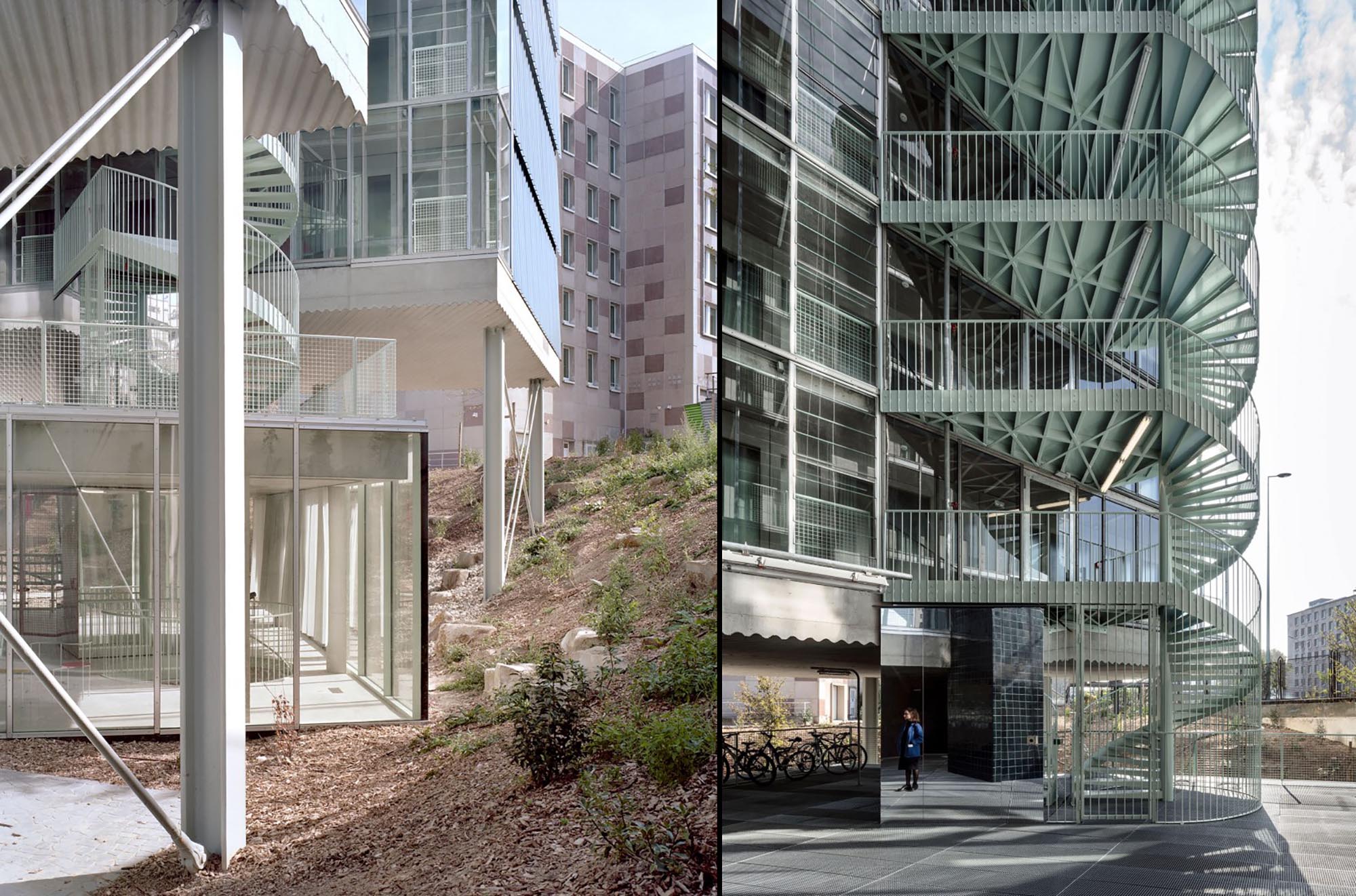
© BRUTHER.
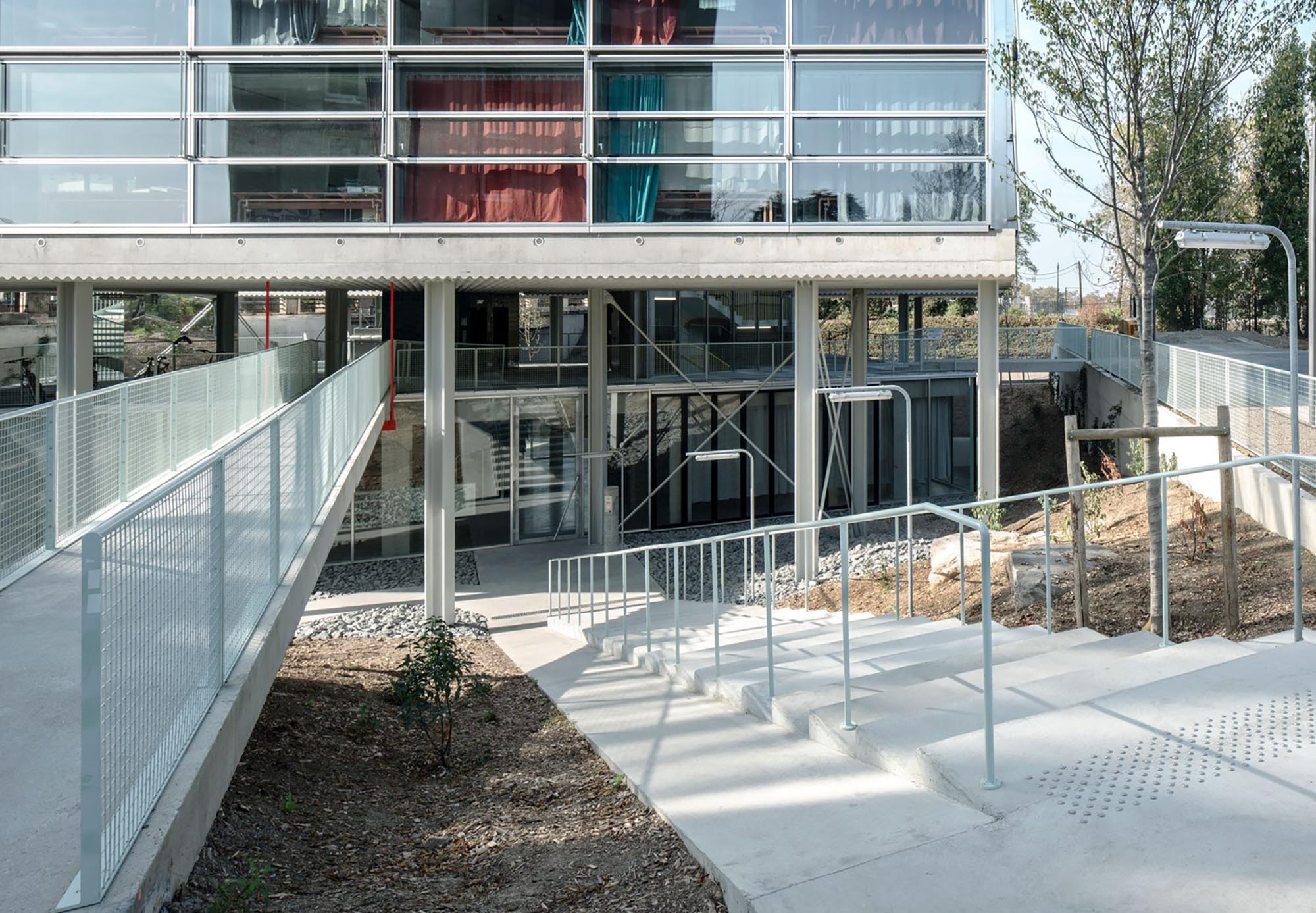
© BRUTHER.
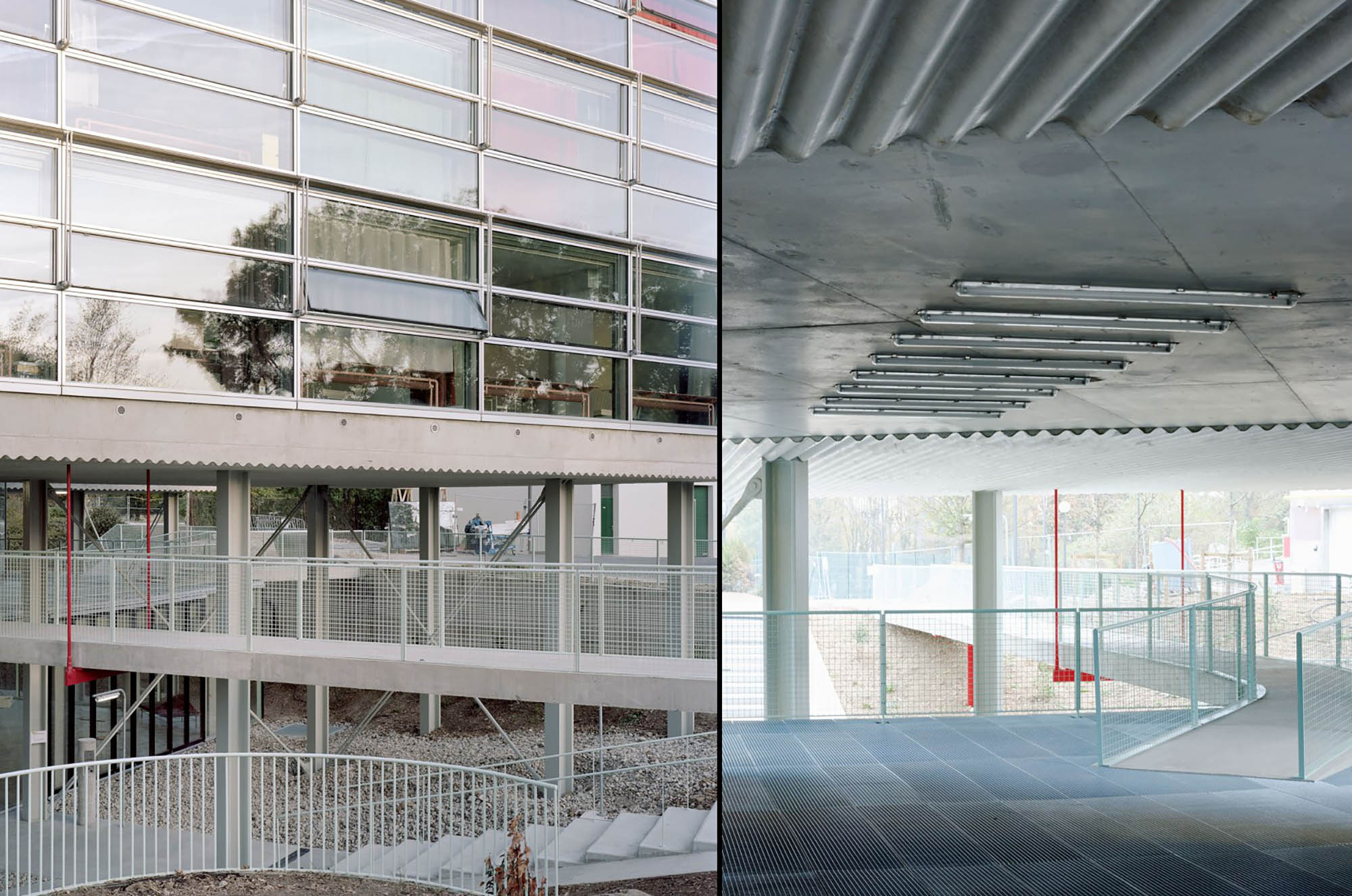
© BRUTHER.
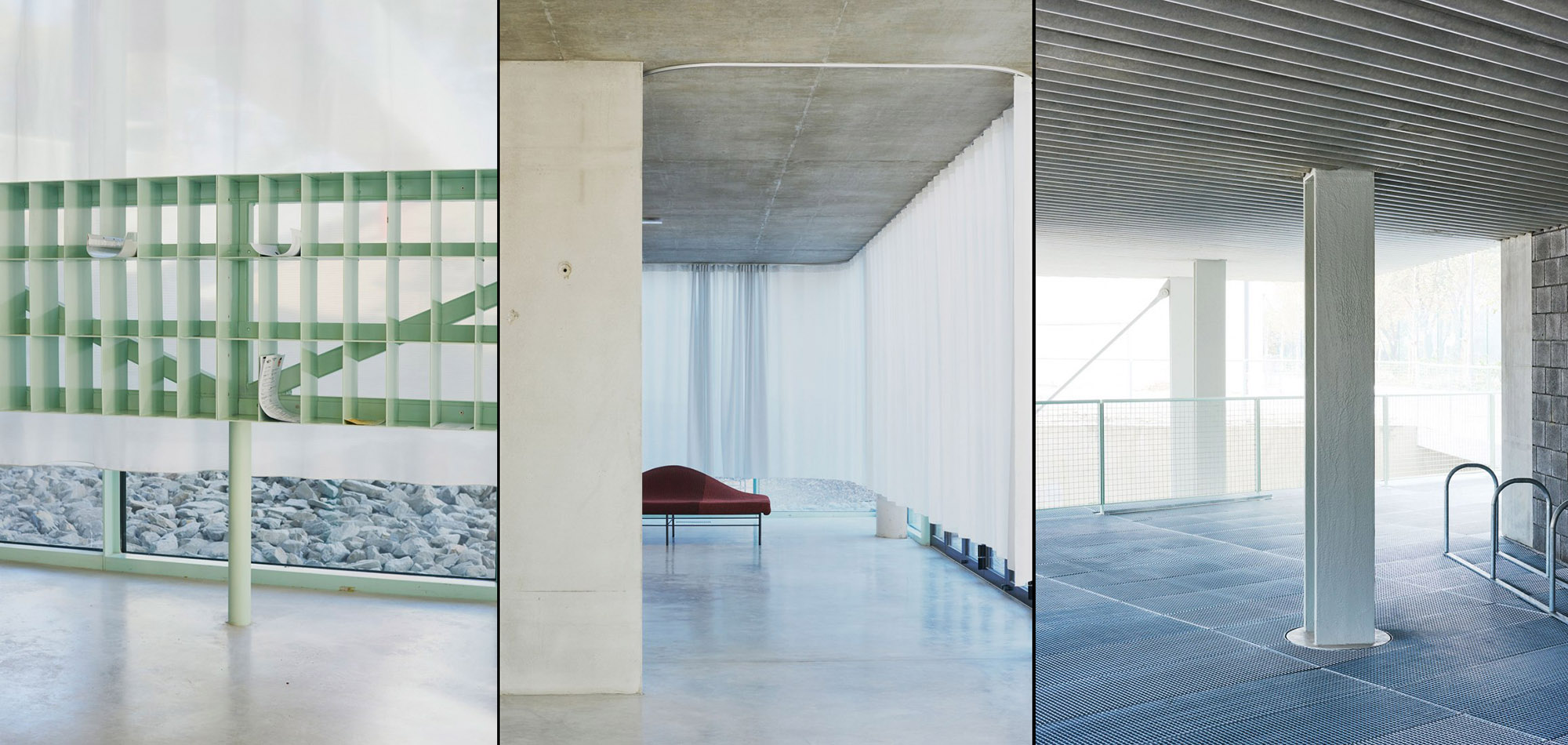
© BRUTHER.
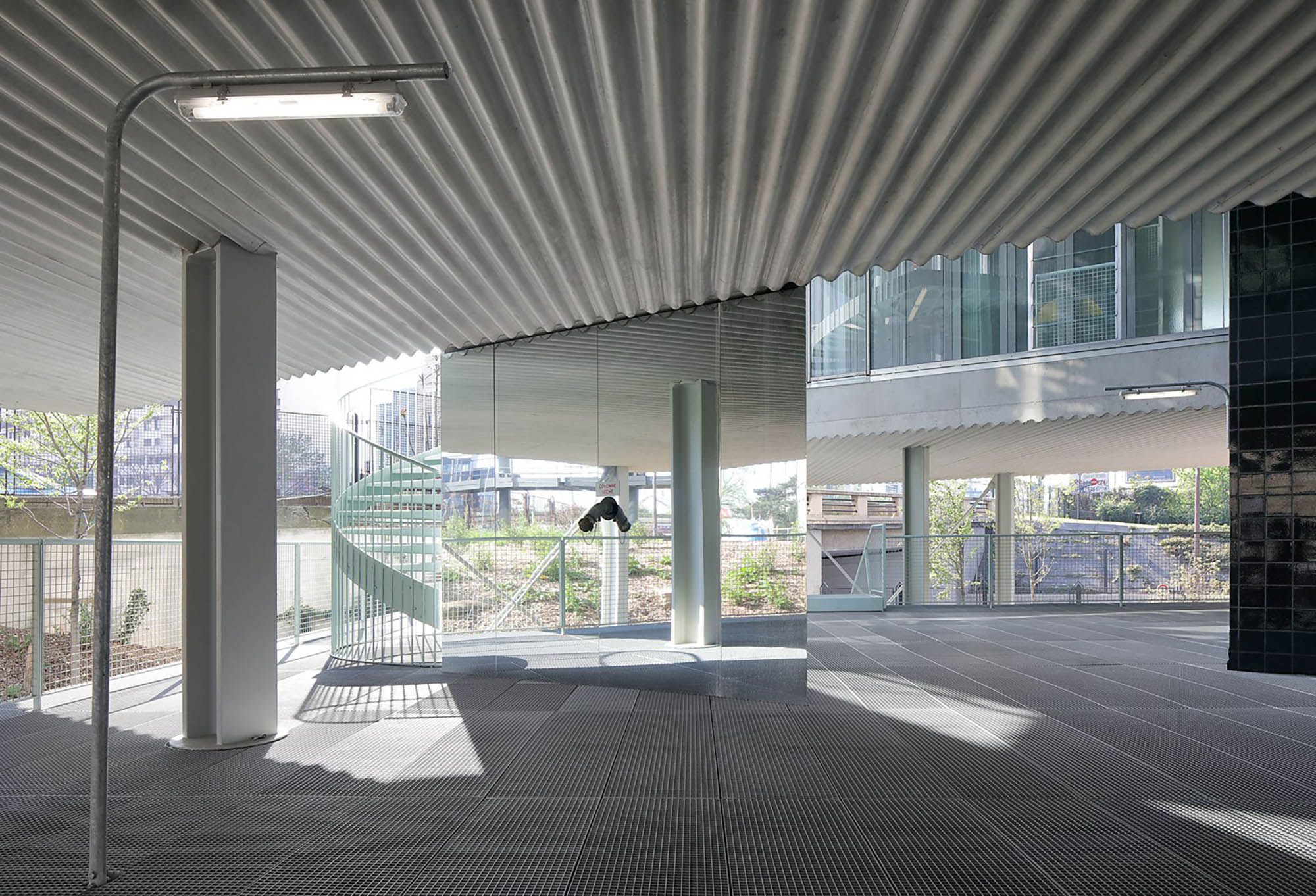
© BRUTHER.

© BRUTHER.

© BRUTHER.
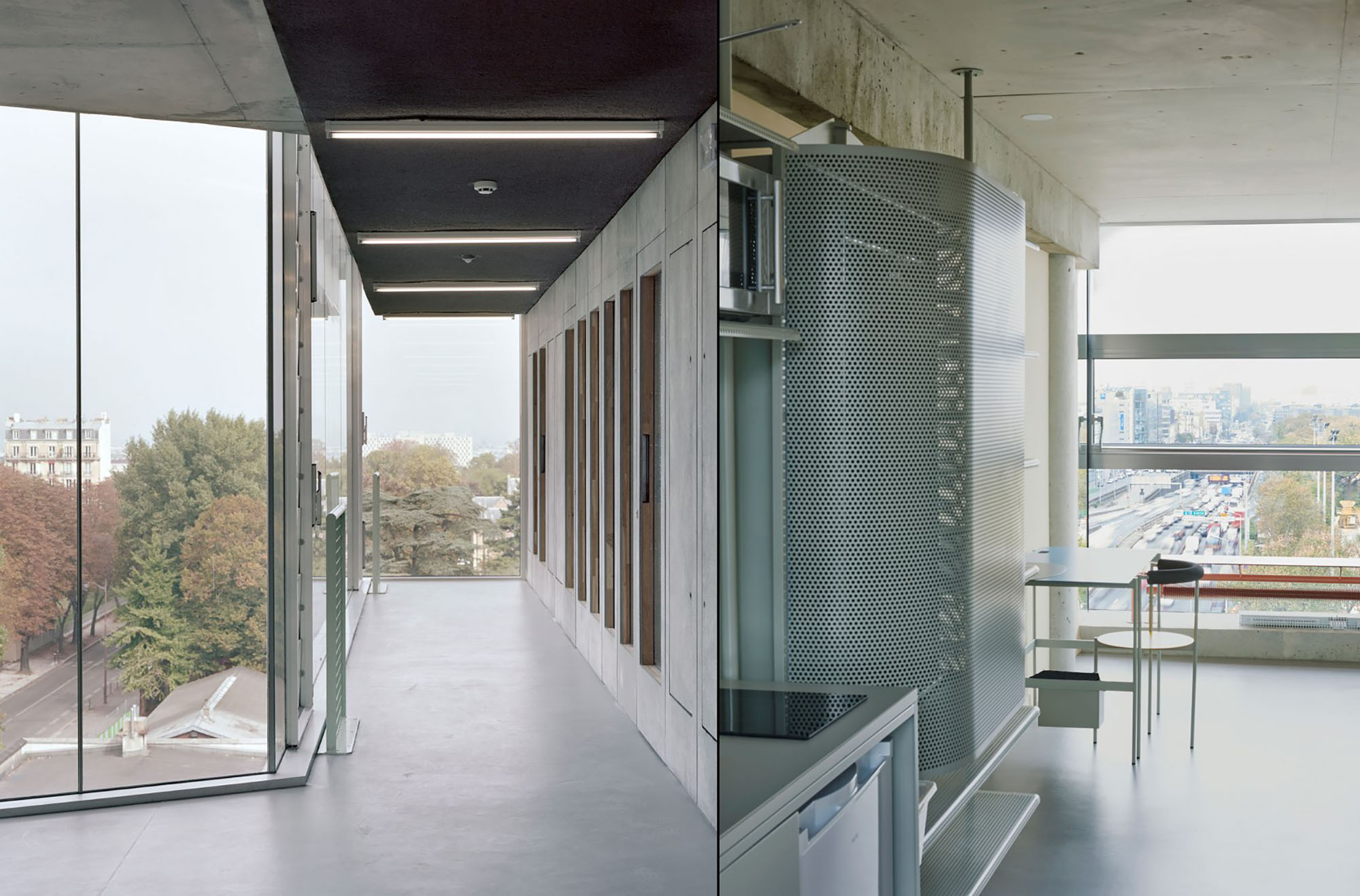
© BRUTHER.
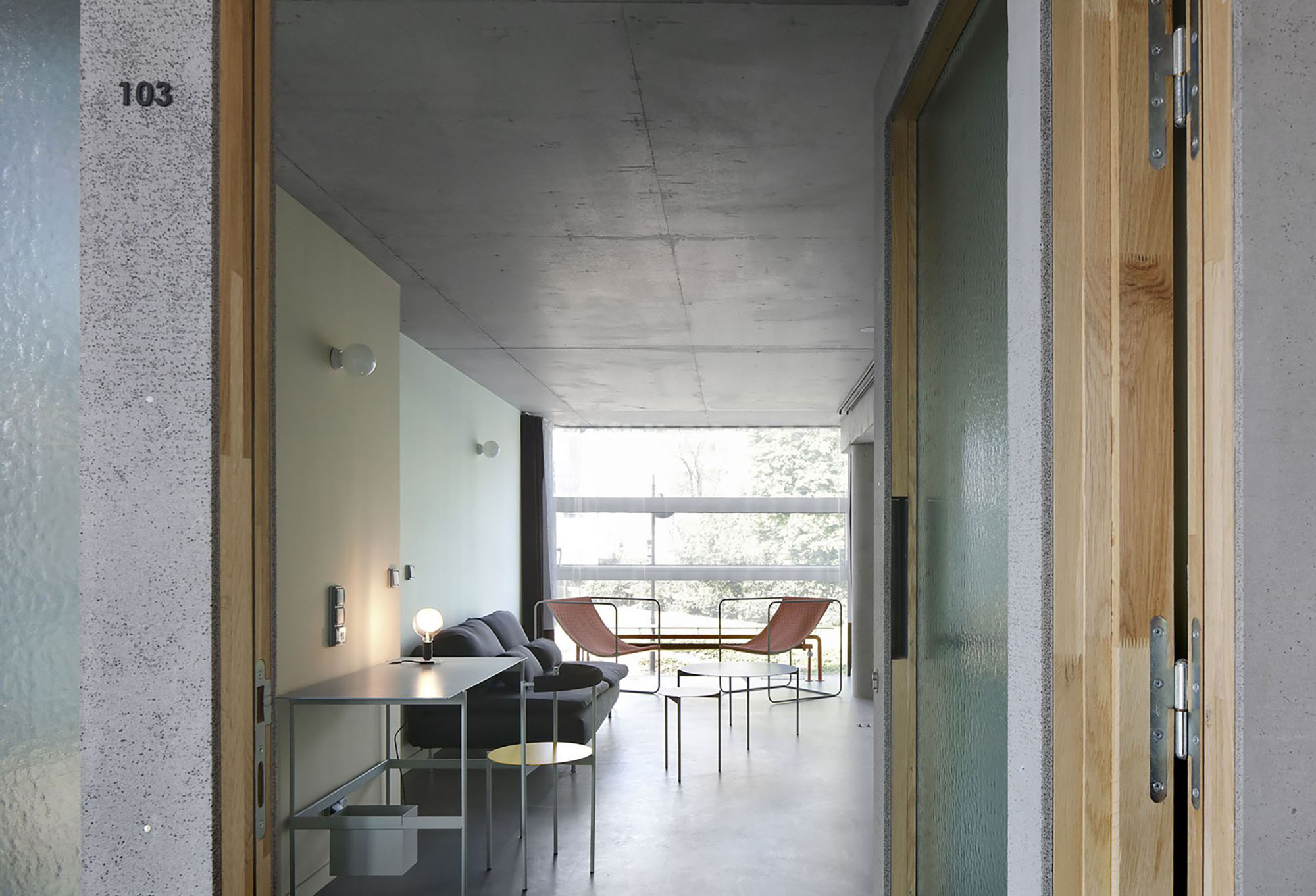
© BRUTHER.
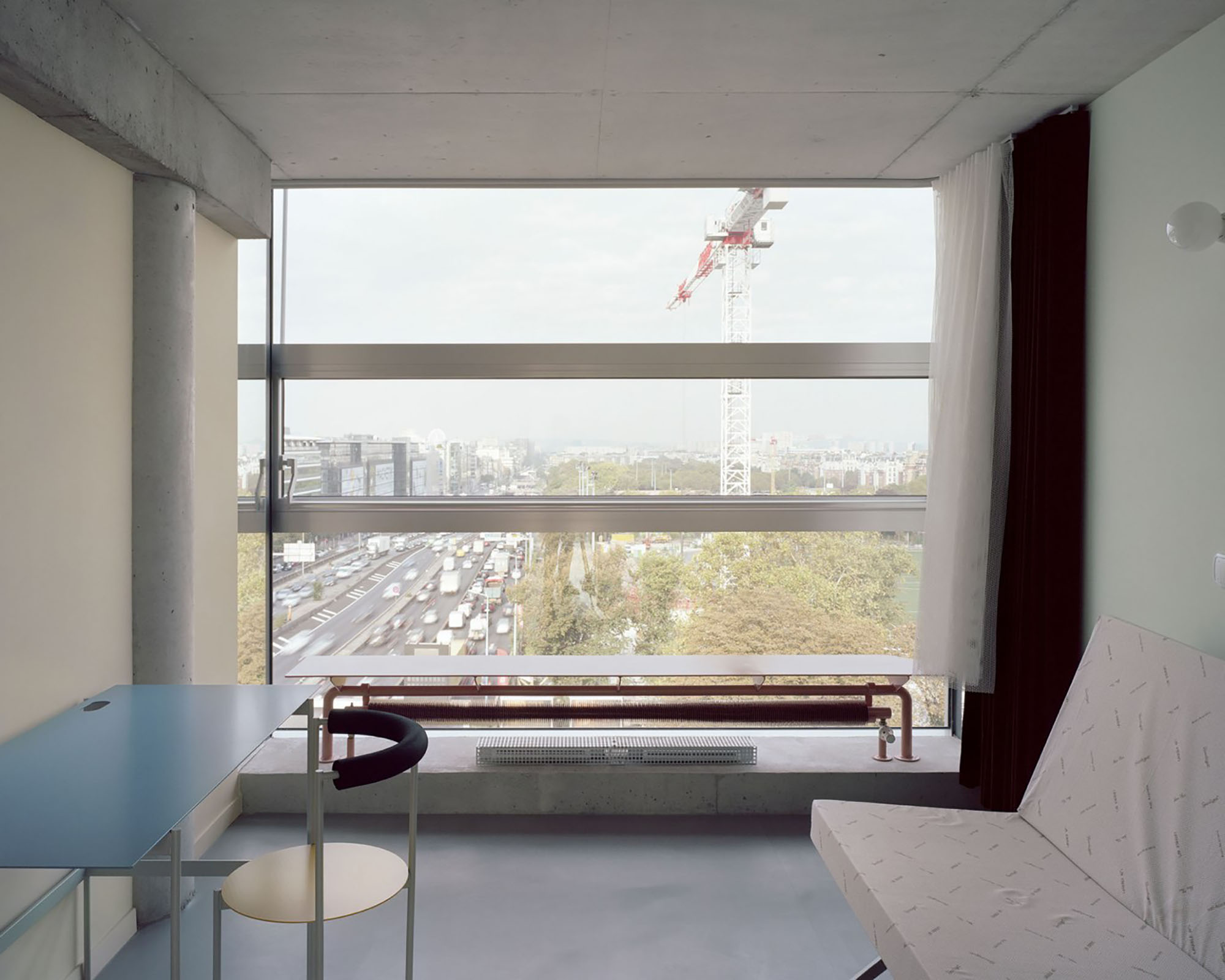
© BRUTHER.
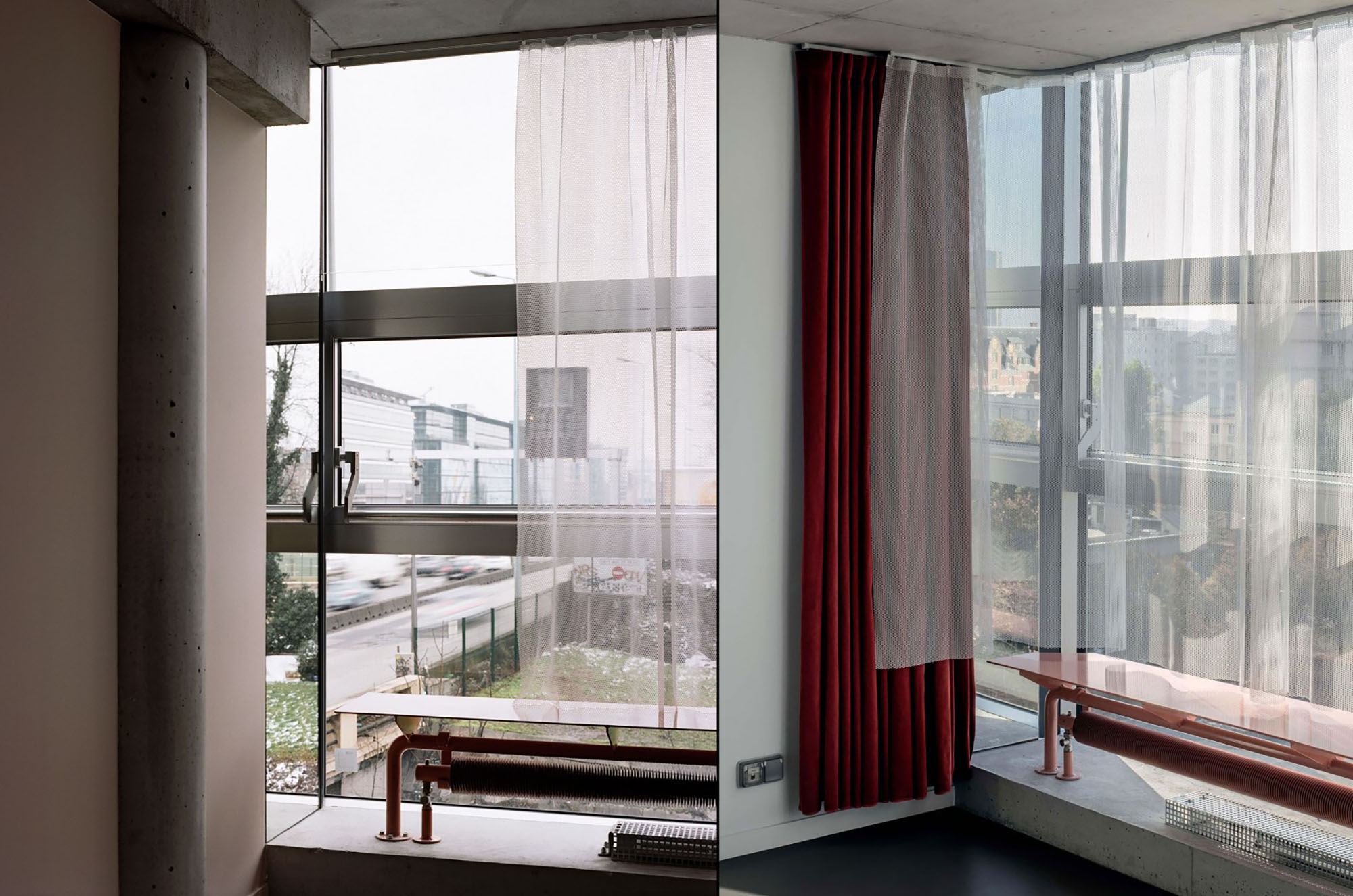
© BRUTHER.
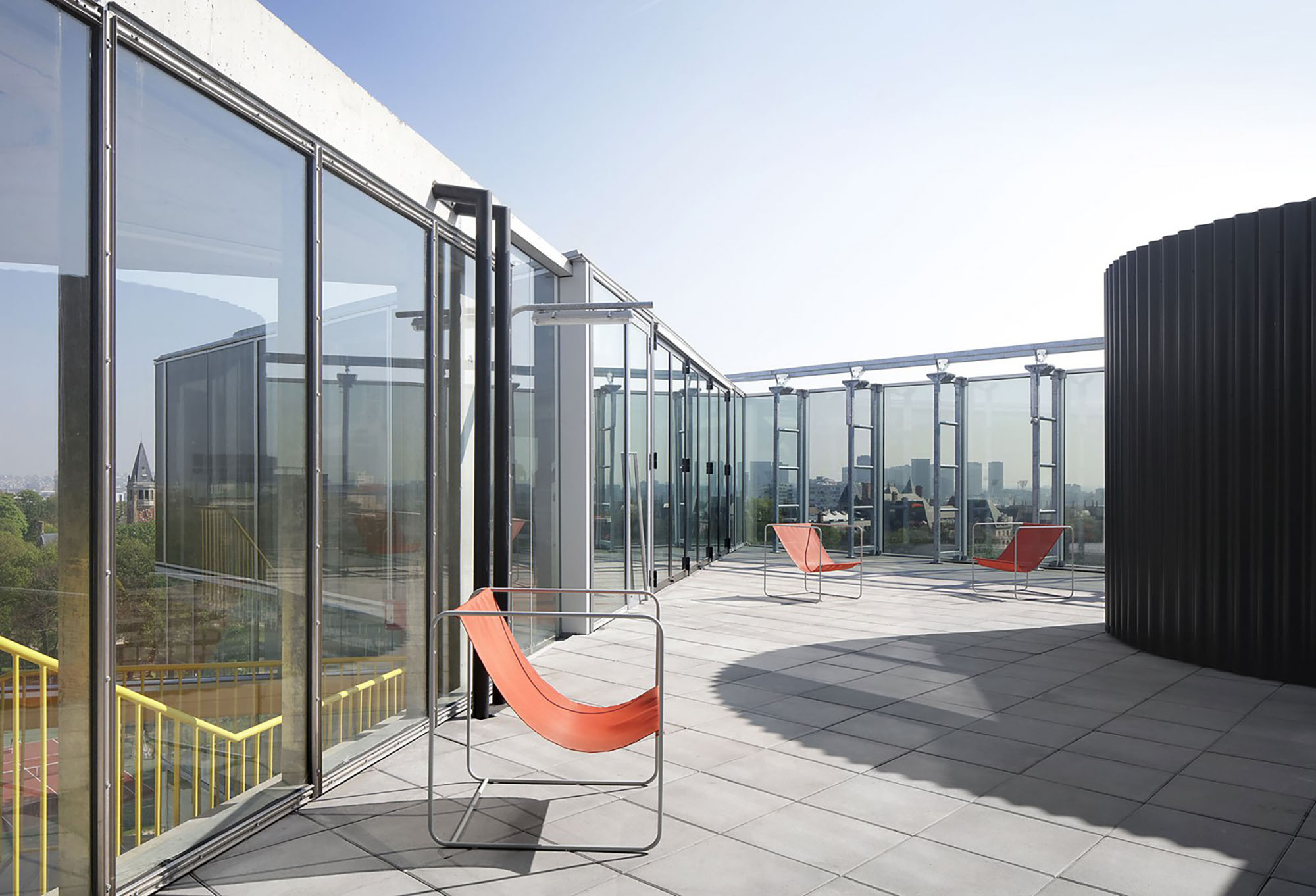
© BRUTHER.

© BRUTHER.
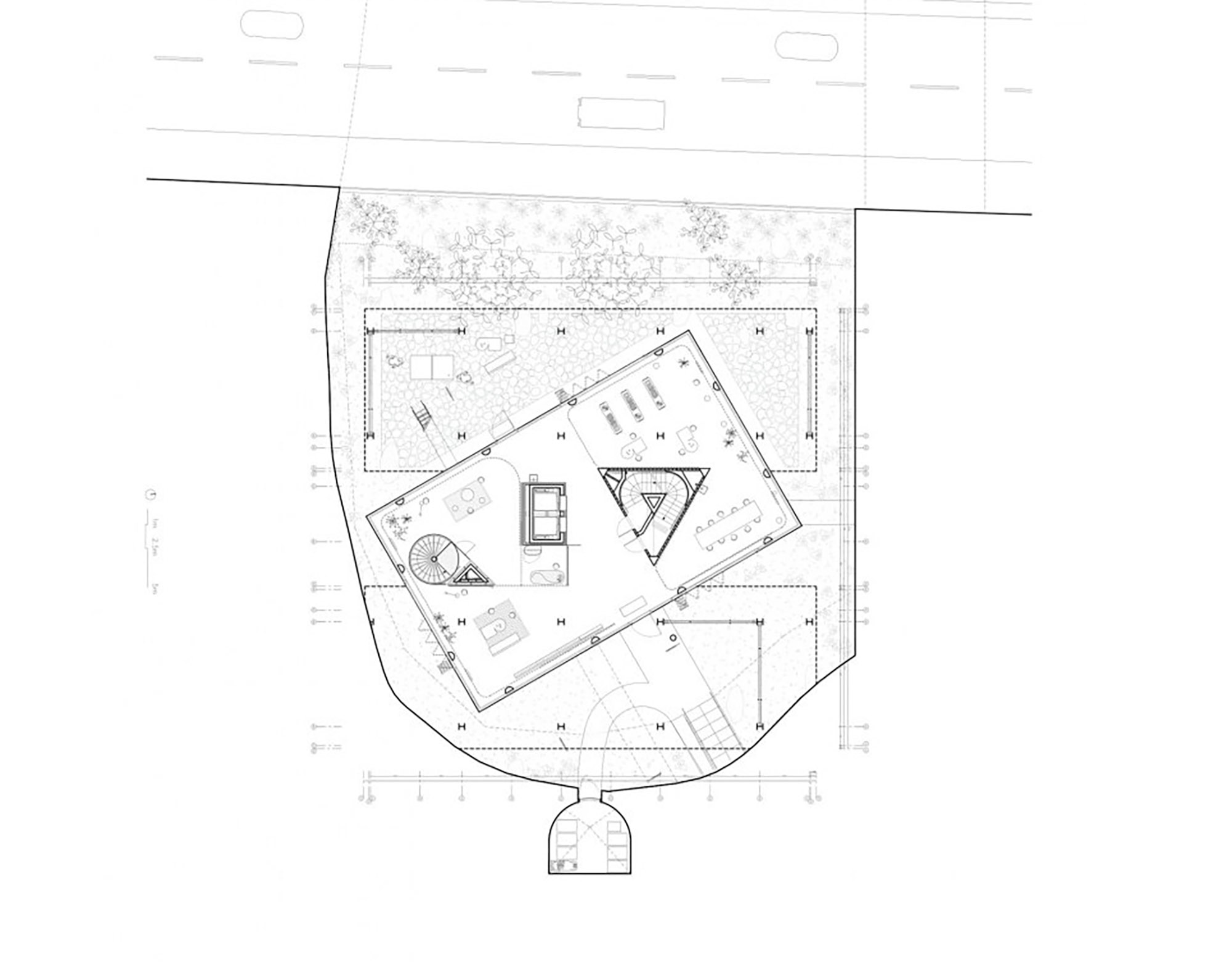
© BRUTHER.

© BRUTHER.
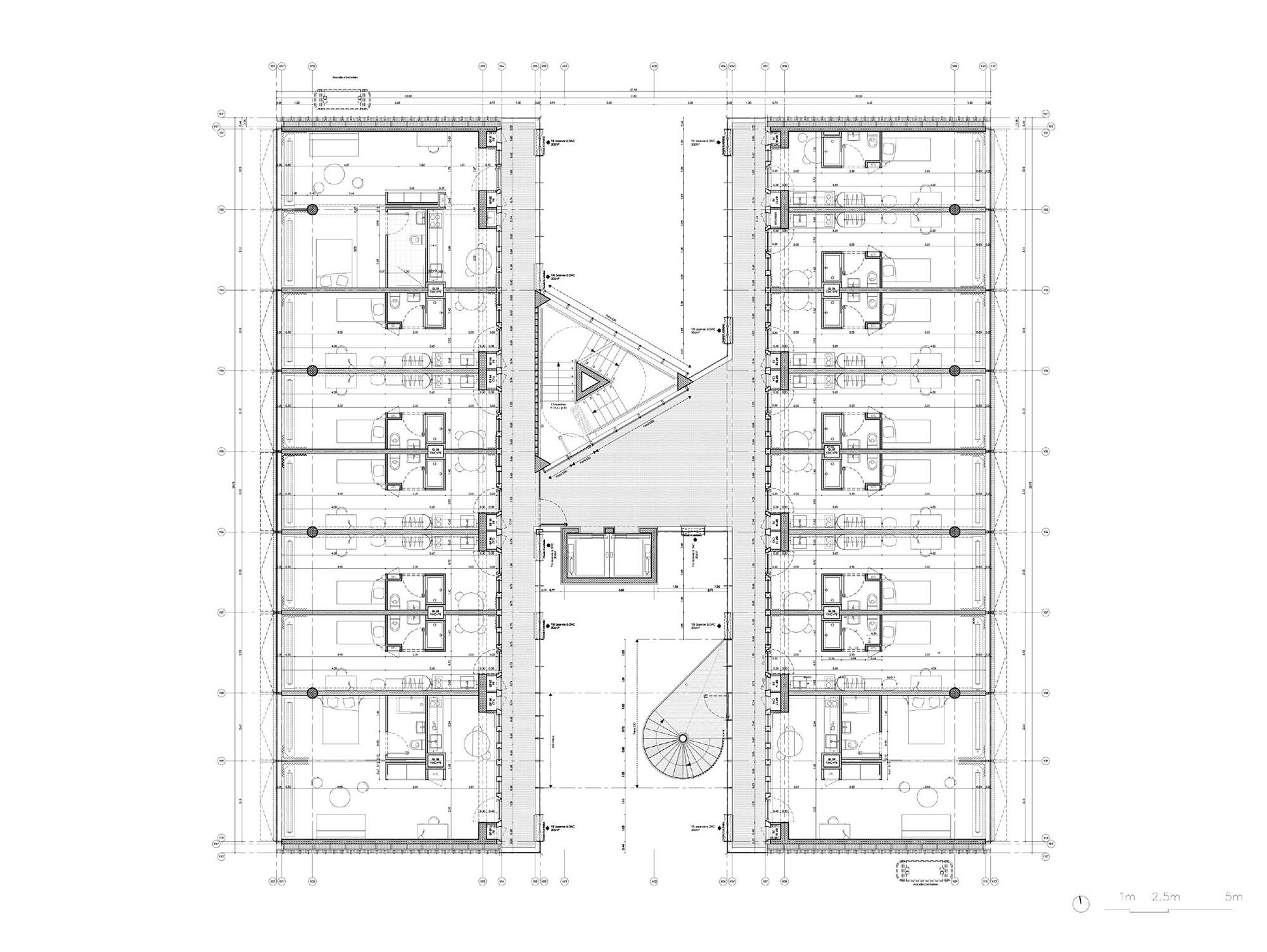
© BRUTHER.
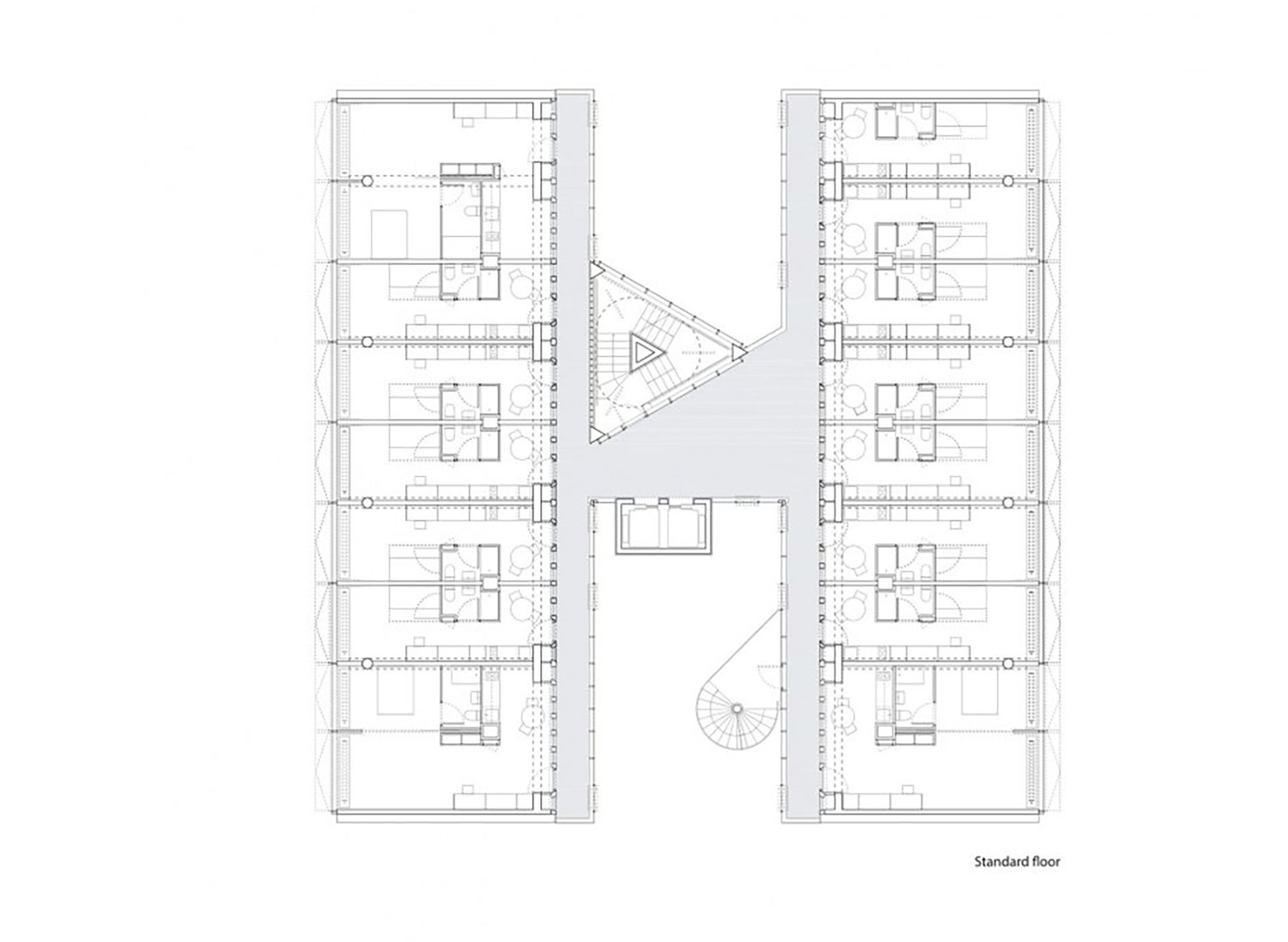
© BRUTHER.
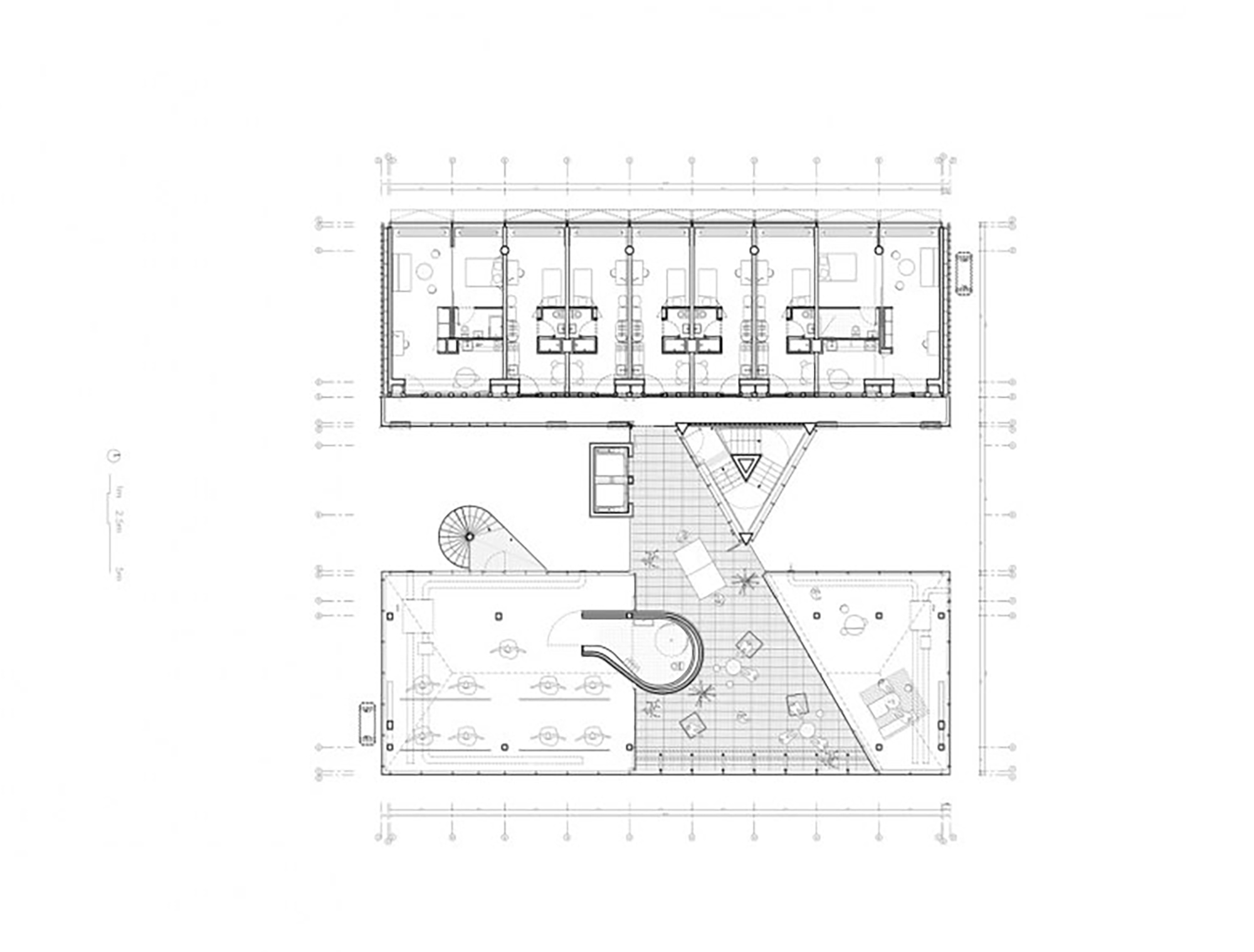
© BRUTHER.
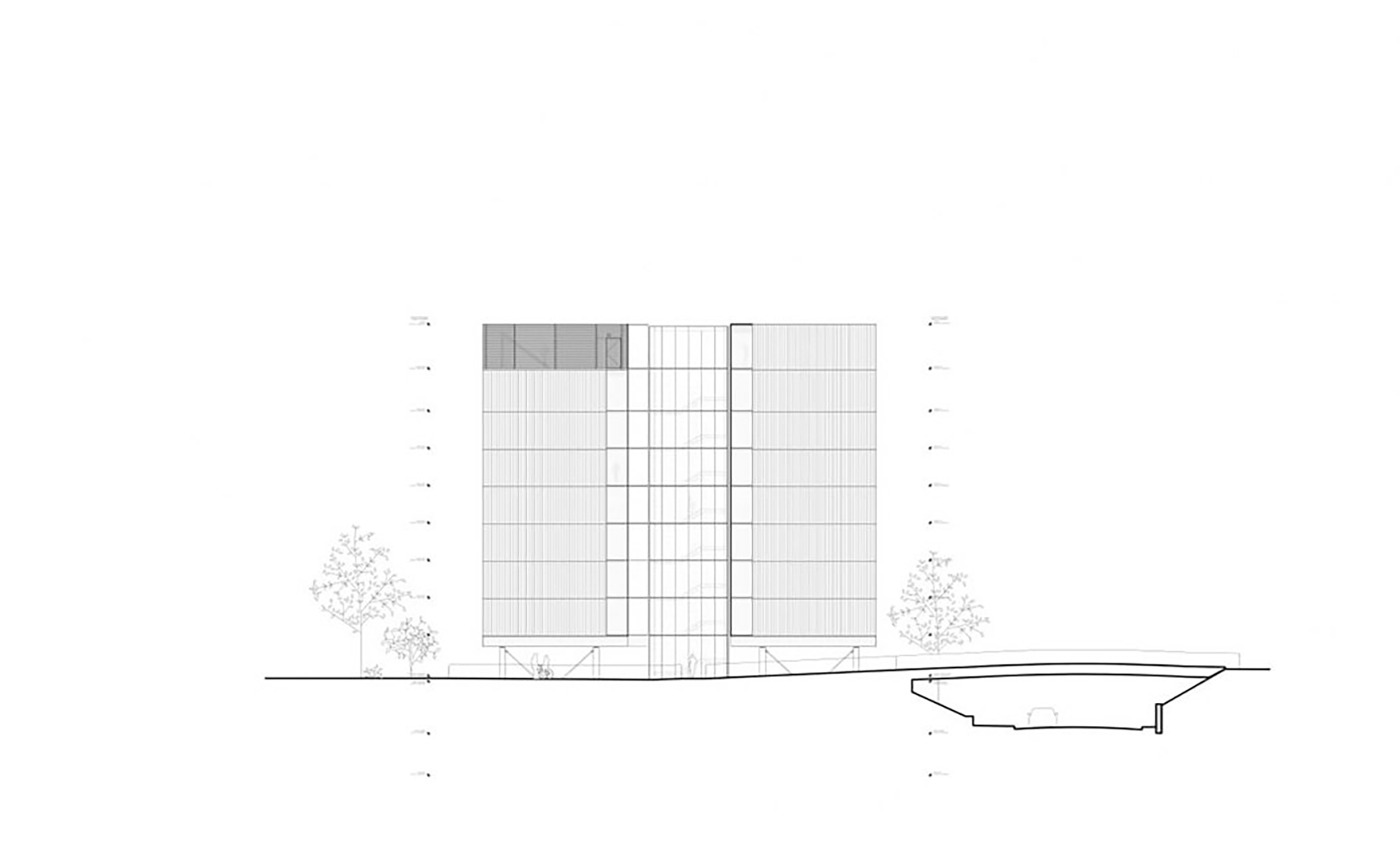
© BRUTHER.
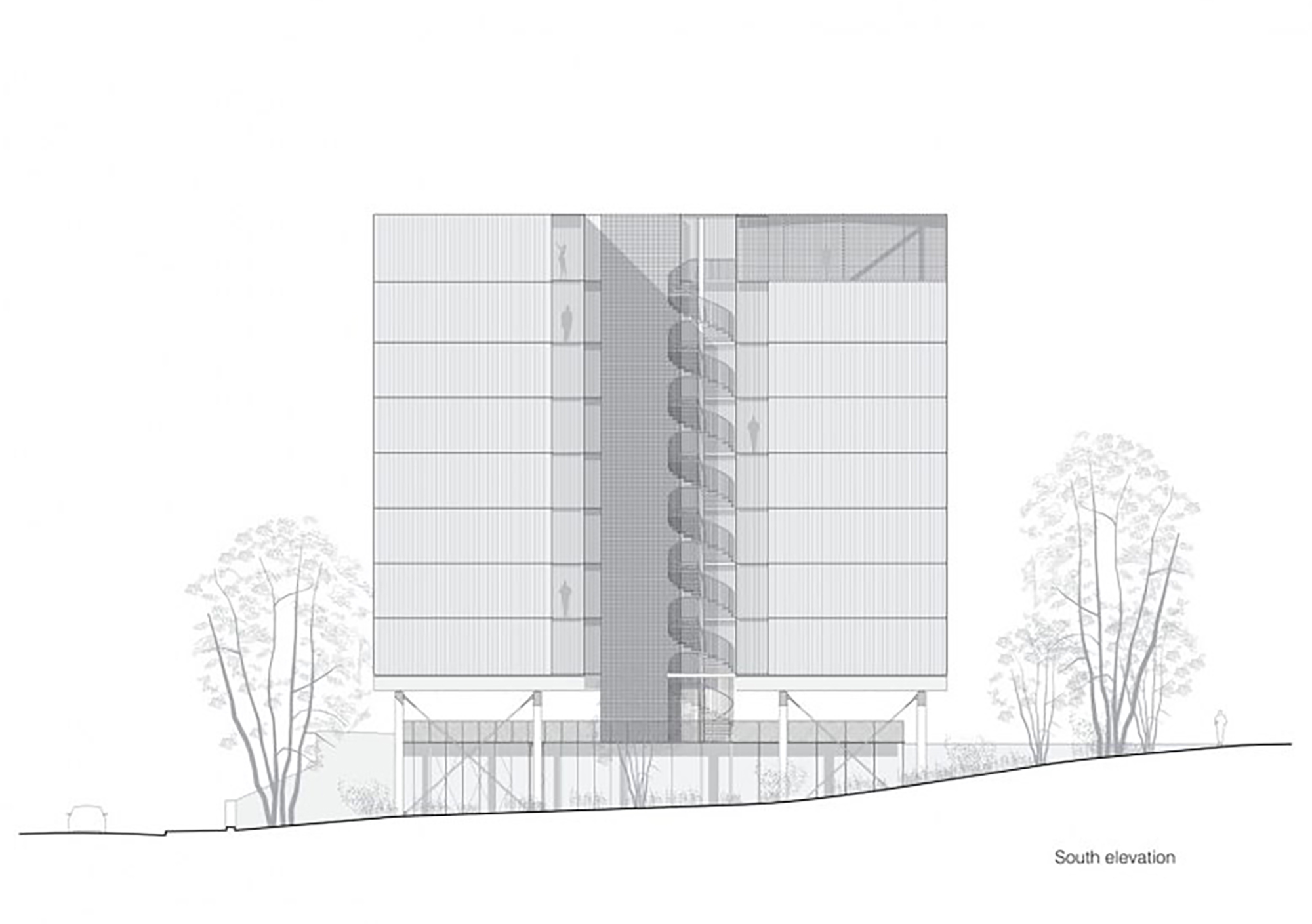
© BRUTHER.
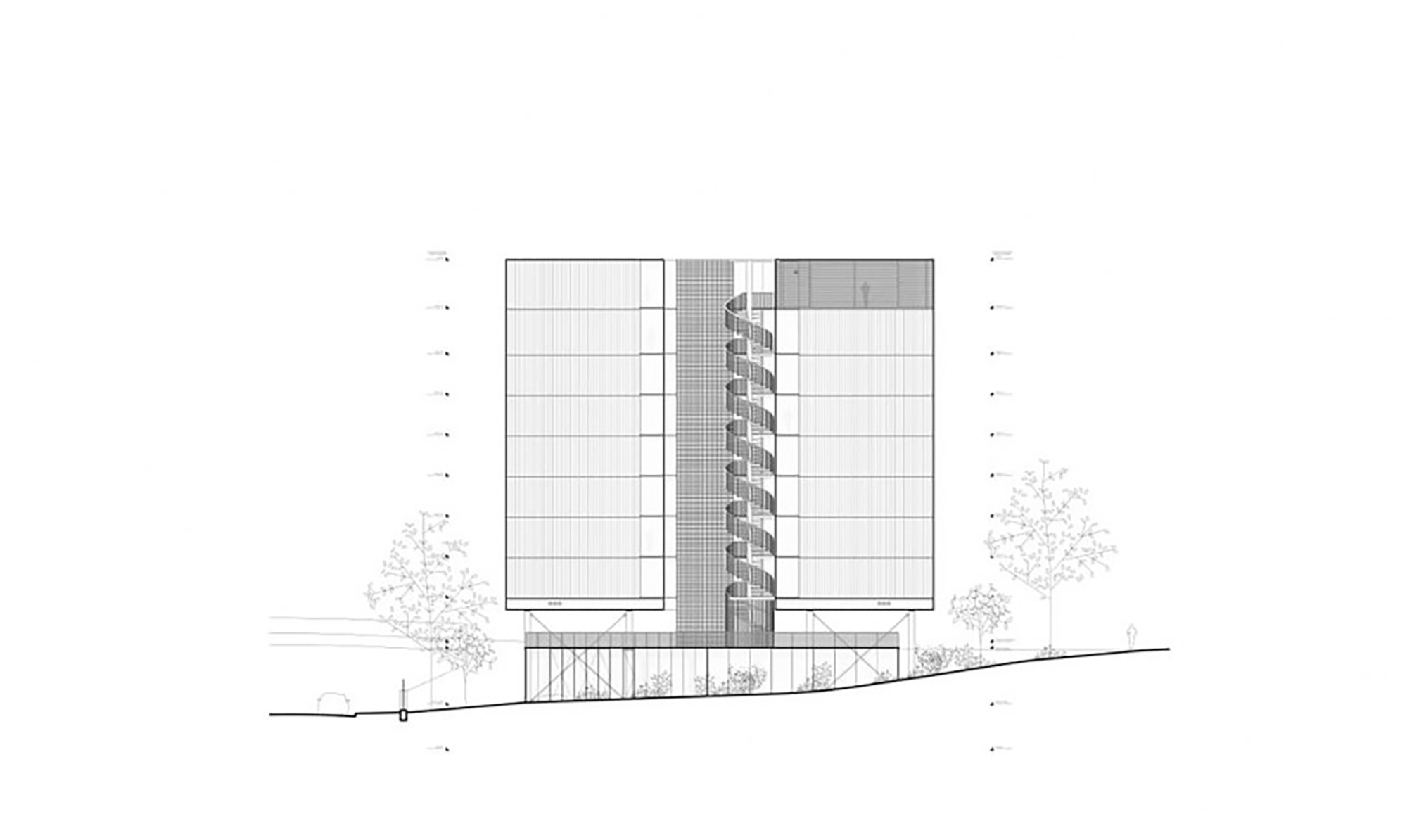
© BRUTHER.
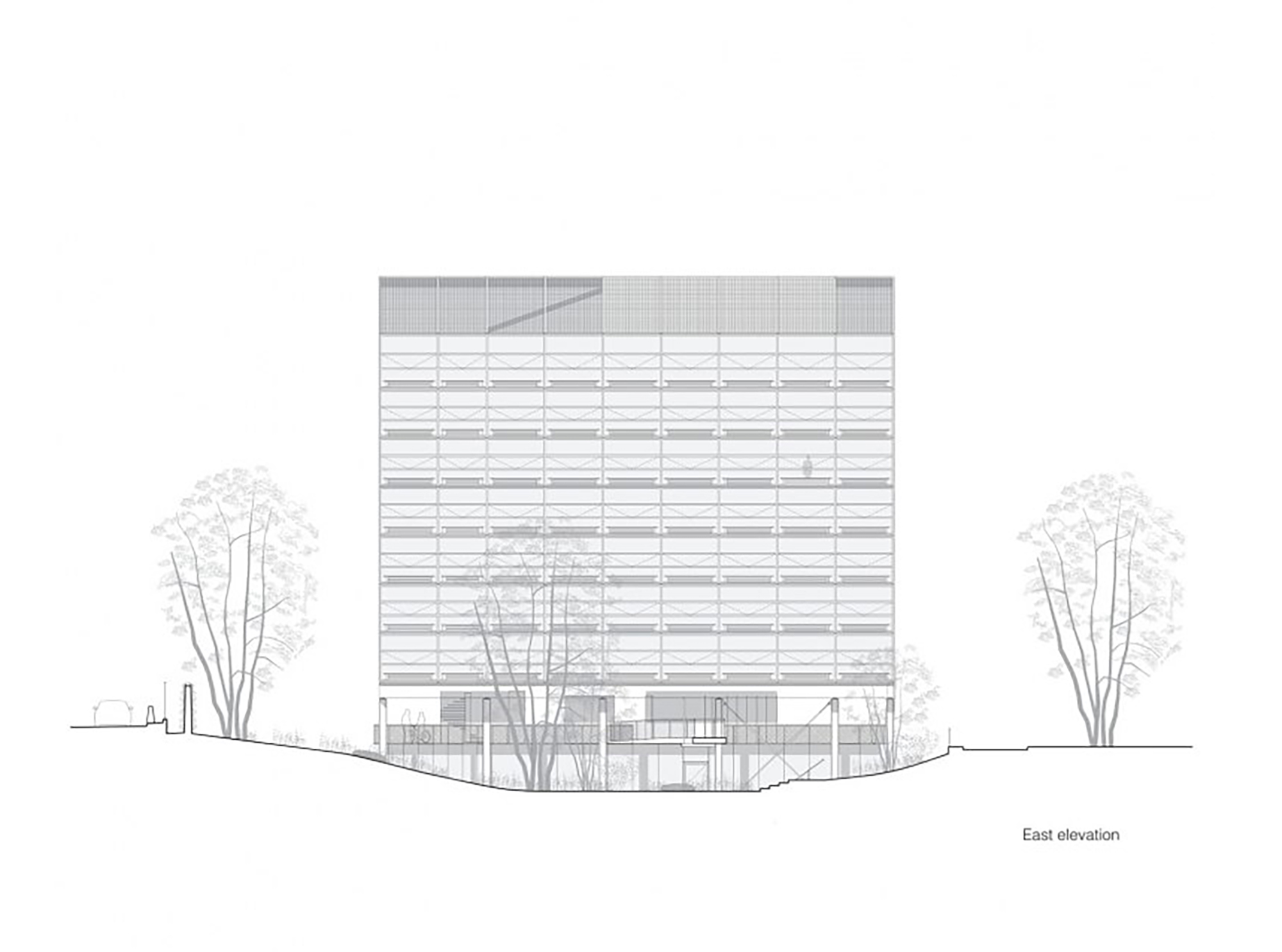
© BRUTHER.
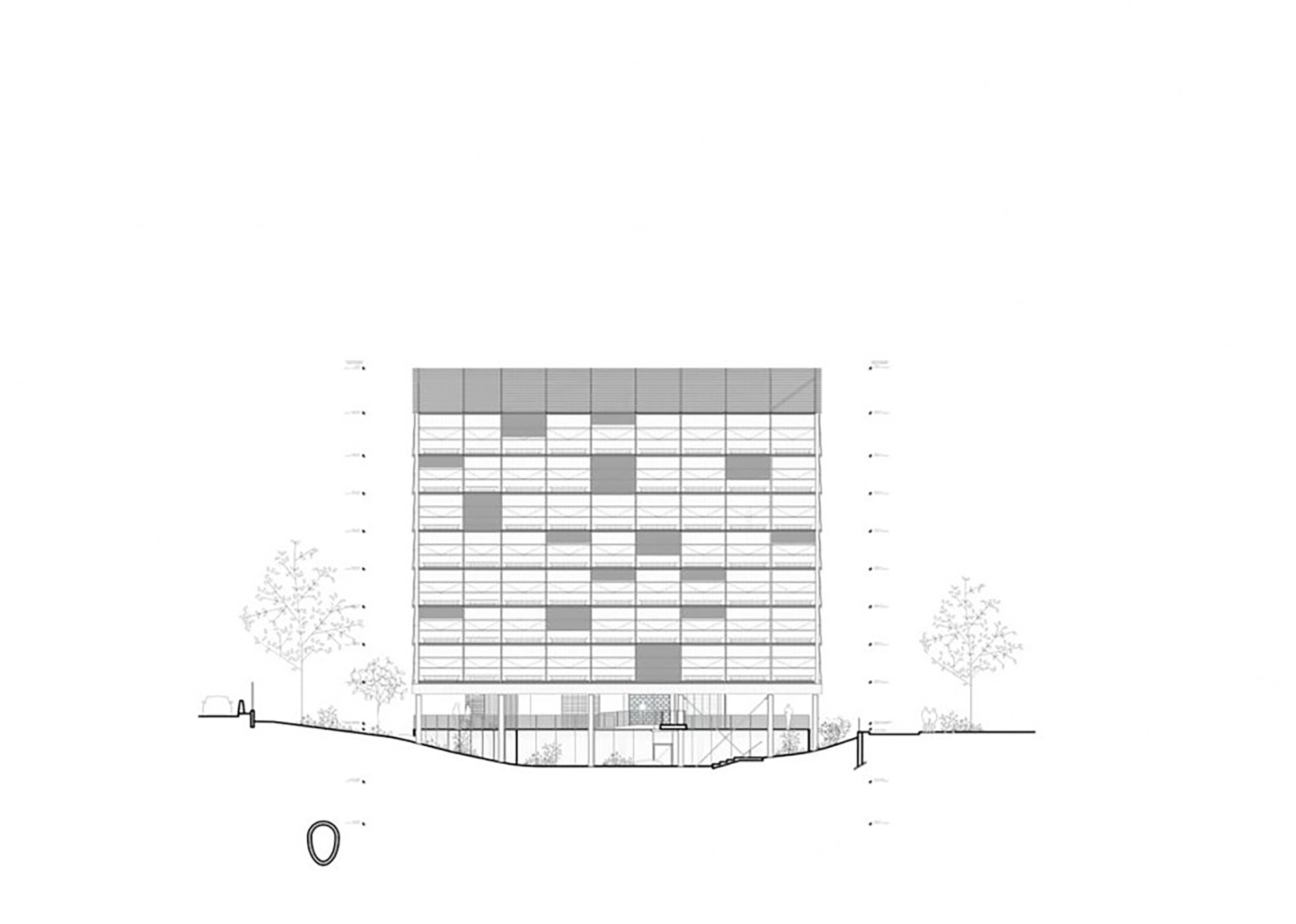
© BRUTHER.
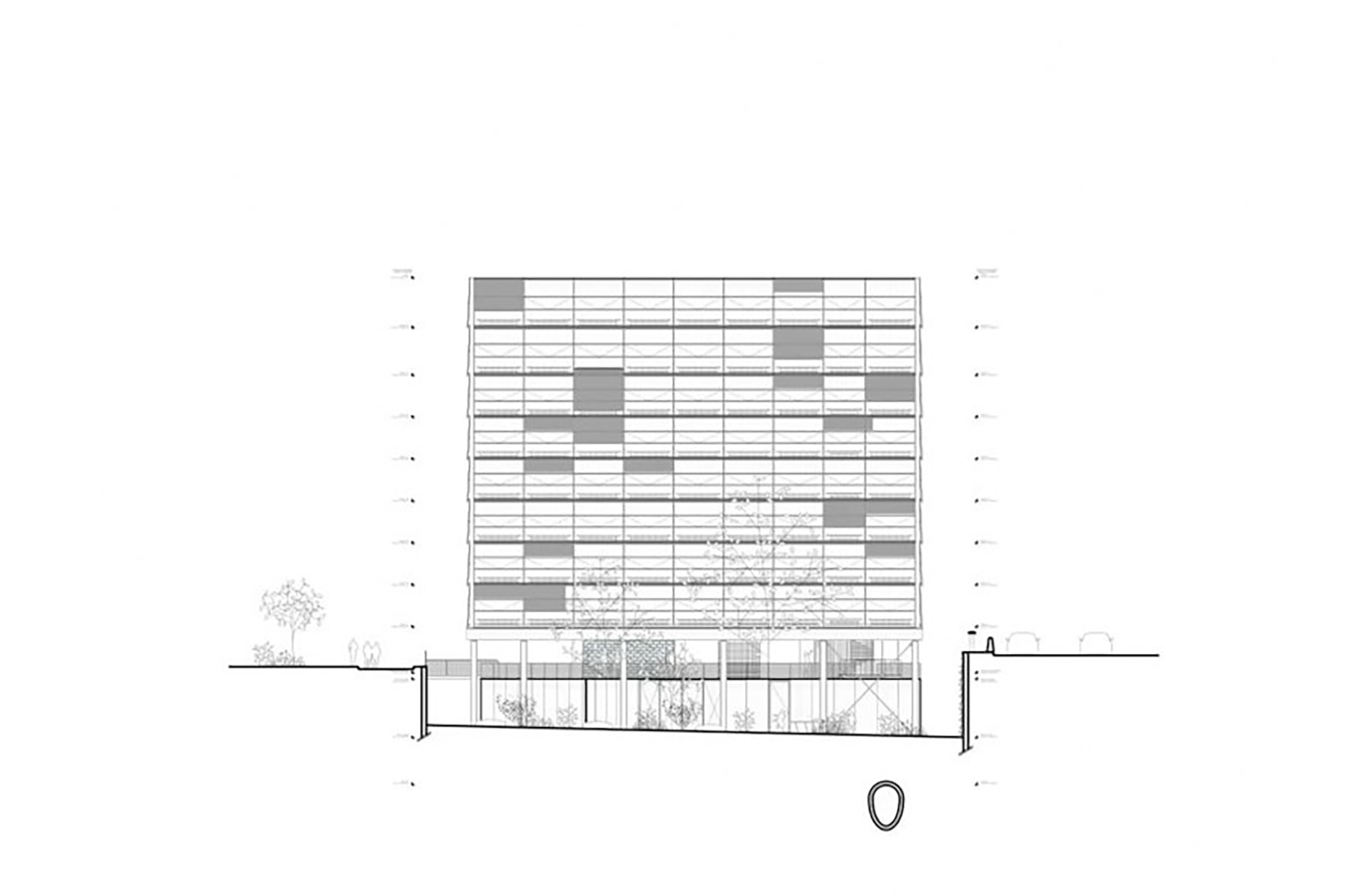
© BRUTHER.
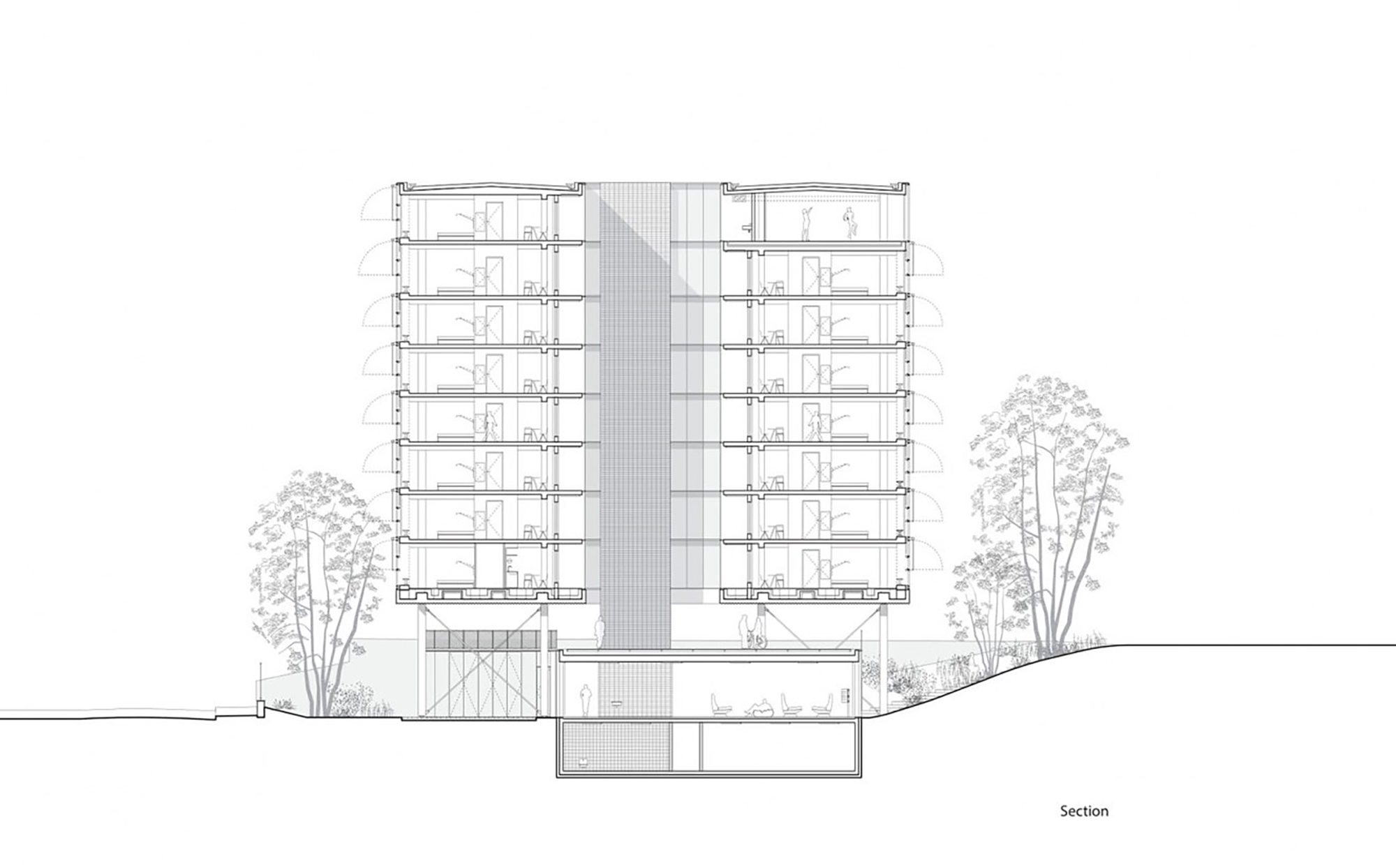
© BRUTHER.
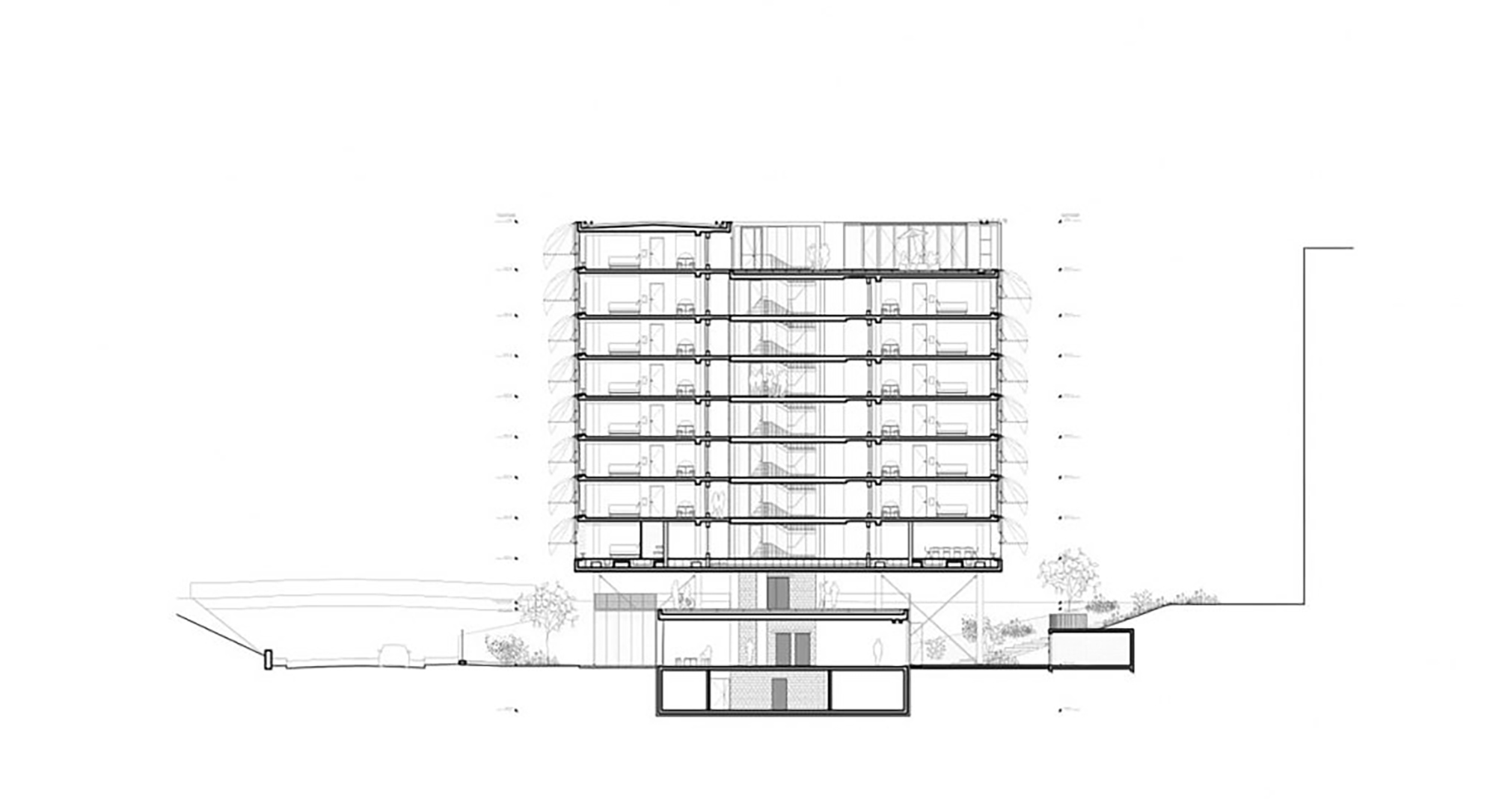
© BRUTHER.
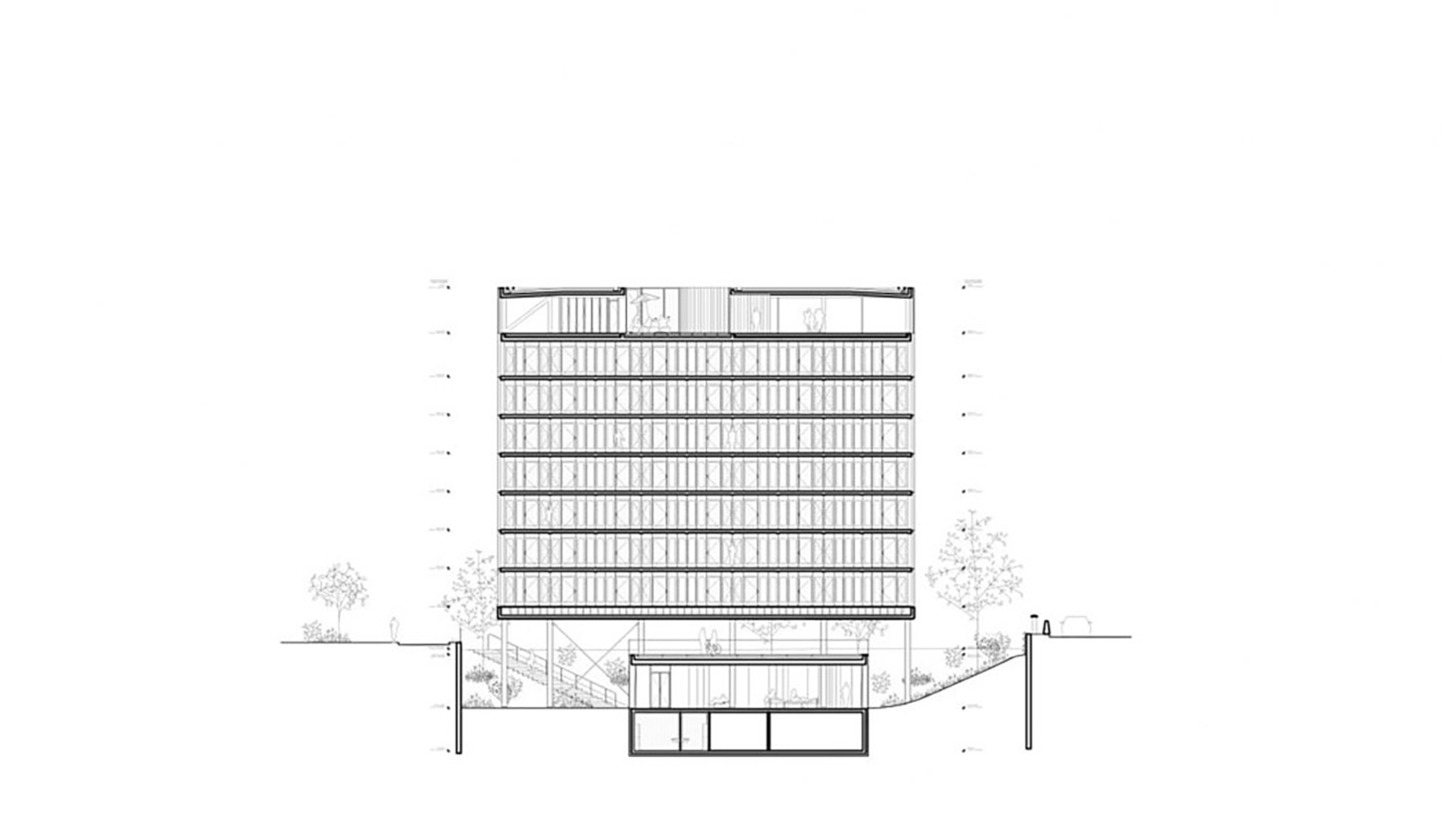
© BRUTHER.
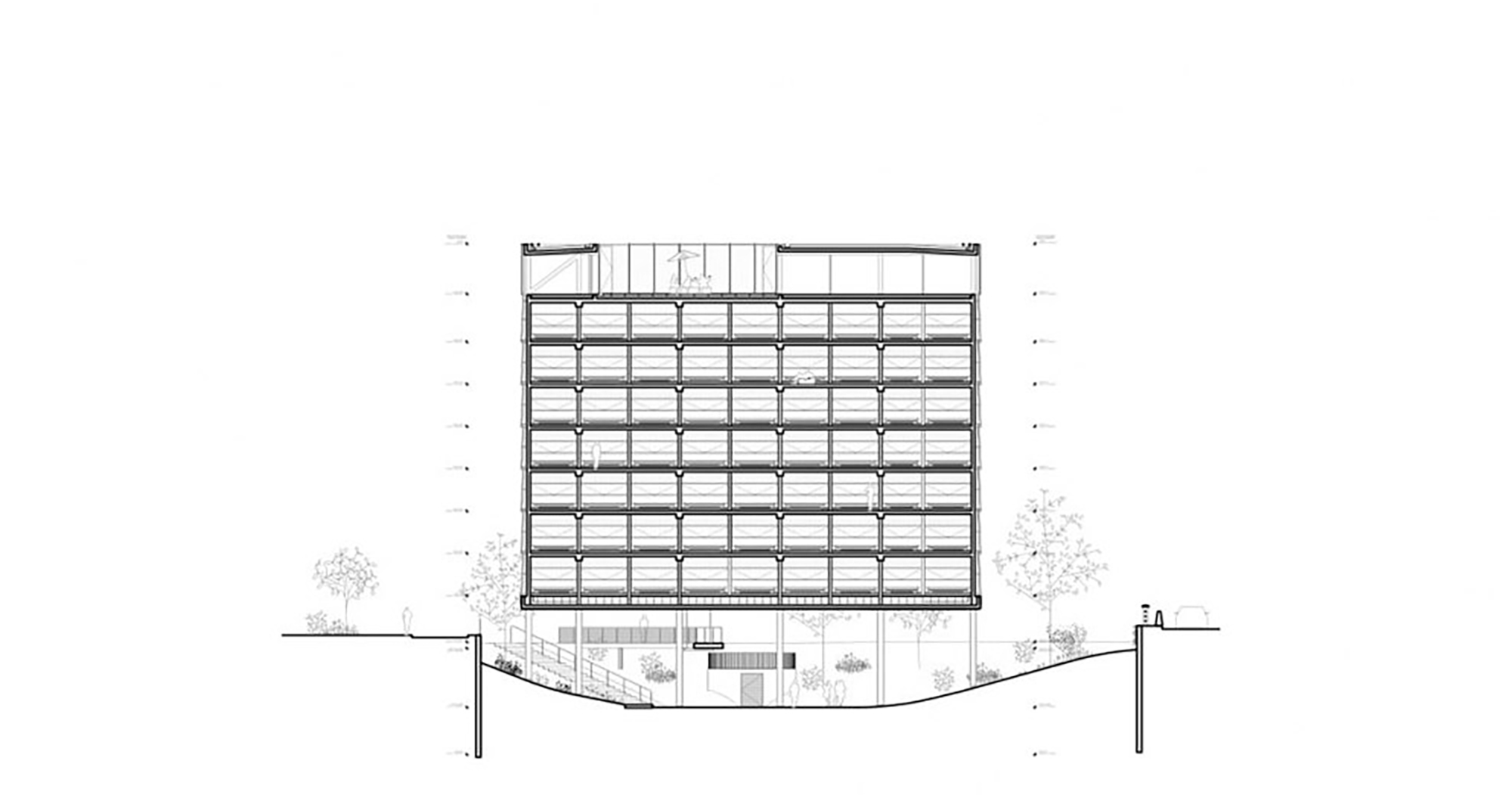
© BRUTHER.
Project: Maison Julie-Victoire Daubié
Location: Paris, France.
Architects: BRUTHER.
Client: RIVP.
Design: Chevalier-Masson.
Landscape architect: Franck Neau.
Mechanical: Inex.
Structural engineering: C&E.
Collaborator (external): Axio.
Budget: € 2,500 /m².
Total area: 1,020 sqm.
Usable floor area: 4,900 sqm.
Year began: 2016.
Year completed: 2018.
Photography: Maxime Delvaux, Jesús Granada, Julien Hourcade, Marvin Leuvrey, Filip Dujardin.
Location: Paris, France.
Architects: BRUTHER.
Client: RIVP.
Design: Chevalier-Masson.
Landscape architect: Franck Neau.
Mechanical: Inex.
Structural engineering: C&E.
Collaborator (external): Axio.
Budget: € 2,500 /m².
Total area: 1,020 sqm.
Usable floor area: 4,900 sqm.
Year began: 2016.
Year completed: 2018.
Photography: Maxime Delvaux, Jesús Granada, Julien Hourcade, Marvin Leuvrey, Filip Dujardin.
Located on the southern edge of the Cité Universitaire’s majestic park, the “Maison Julie-Victoire Daubié” (which welcomes of a residence for young researchers) has the privilege of enriching one of the capital’s most beautiful collections of modern architecture. Building in a park, free from any apparent neighbors, does not preclude strong constraints. The presence of the périphérique ring road, which borders the plot, imposes several protective devices: semi-underground access levels—which nonetheless allow light and views—as well as high acoustic performance facades. In addition, the small size of the plot (just over 1000 m2 for a program established at 4,629 m2) requires true volumetric compactness. Overturning these constraints, the building is not submissive to its context. Rather, it appears to open up to the outside world more than to protect itself.
Unencumbered on its four sides, the residence is immediately identifiable as a “split and raised” cube, the organization of which is easily readable in its section. Above the reception areas located in the semi-buried garden level, the first floor of apartments is 2m90 above the ground level of the Cité Universitaire. The 106 apartments (1-bed to 3-beds) are distributed over seven levels. The total height of the building is 24.95 meters. The entrance areas are therefore covered and protected by the elegant underside of the housing block, entirely made of silky ribbed concrete.
The typological organization of the plan resides in three parallel strips oriented on a north—south line: two are dedicated to housing units and between them, a hollow strip accommodates all circulation cores. Far from simple functionalism, the triangular staircase and the elevator are assertive, autonomous plastic volumes.
On the eighth and last floor, the circulation area widens to form a large collective terrace, protected by transparent railings, while the top of the “East strip” houses a fitness room with a view of the city. In a way, it becomes possible to jog along the périphérique ring road. These common facilities affirm the collective dimension of the building, as well as its spectacular relationship with its environment.
The layout of the dwellings is based on a tight structural grid (6.30 m x 6.65m) to compact the service rooms and offer widely open living spaces, facing due west and due east. From the 1-bed unit, sliding partitions allow the union of different rooms and the transformation of the home into a large open volume.
The structural efficiency, the absence of buildings opposite and the singularity of the context allow the façade to take the form of a majestic curtain wall (with high acoustic performance), however, far from a homogeneous glass surface. The scale of the housing unit remains readable by scanning the horizontal sashes, as well as in the background, in the set of full-height colored curtains.
More than a contemporary re-reading of the pavilion typology, this new residence becomes a stunning casket of glass and metal, promoting the paths and transparency between exterior and interior, park and building, privacy of the housing and kinetic spectacle of the périphérique ring road. The moving view is also a component of the building design. During the day, its glass facades grant it a certain majesty. At night, the lights of the apartments turn the building into a lantern. By day and by night, here is a new signal of contemporaneity at the Cité Universitaire.
Source: BRUTHER
m i l i m e t d e s i g n – w h e r e t h e c o n v e r g e n c e o f u n i q u e c r e a t i v e s
m i l i m e t d e s i g n – w h e r e t h e c o n v e r g e n c e o f u n i q u e c r e a t i v e s
Since 2009. Copyright © 2023 Milimetdesign. All rights reserved. Contact: milimetdesign@milimet.com
































